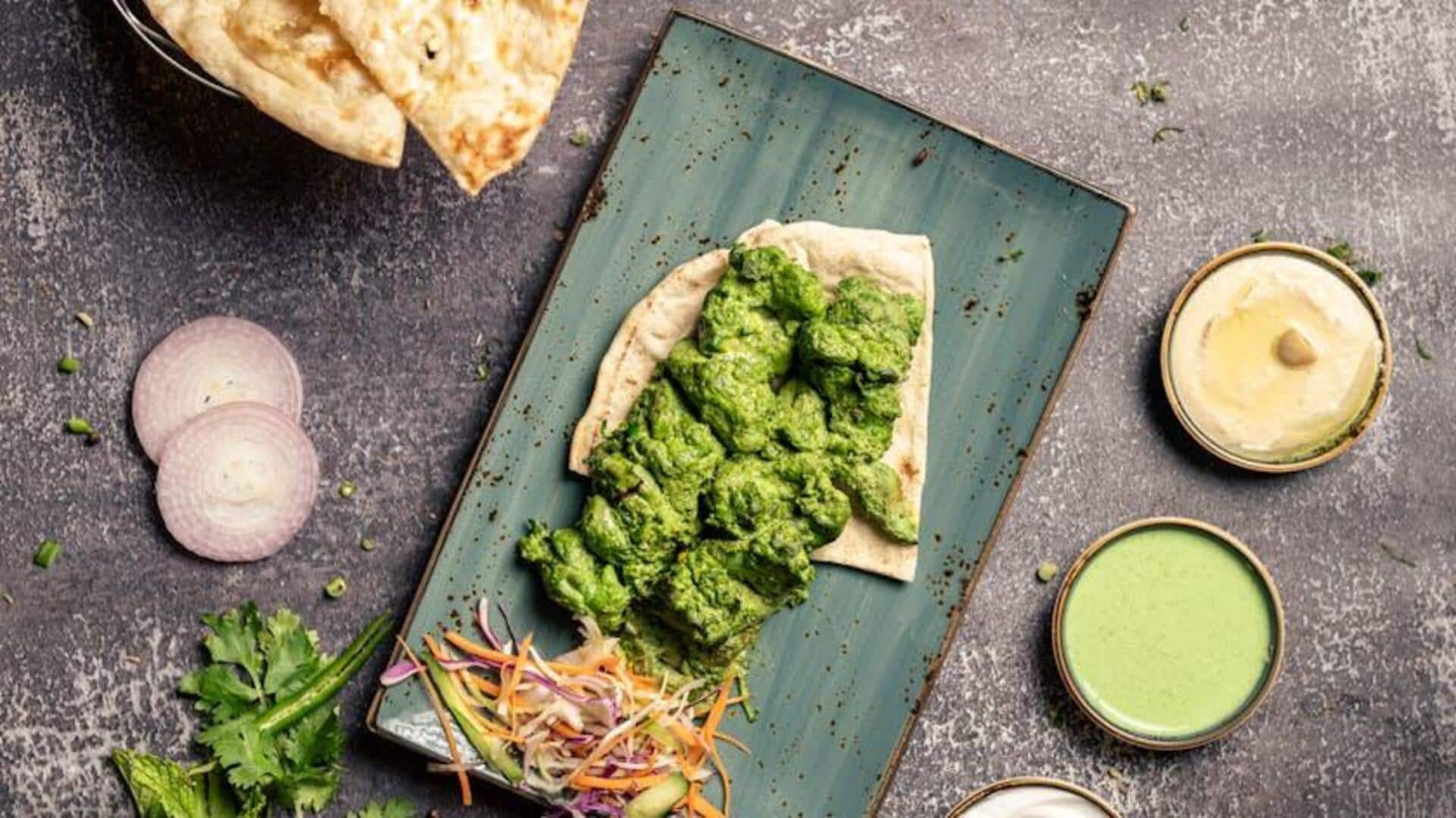
A journey through India's colorful regional chutneys
What's the story
Chutneys are an inseparable part of Indian cuisine, giving an explosion of flavors to different dishes. Every state in India has its own chutney, made with local ingredients and traditions. Be it tangy or spicy, these condiments not only make meals tasty but also give a glimpse into the diversity of Indian gastronomy. Let's take a look at some popular regional chutneys.
Coconut delight
Coconut chutney from South India
Coconut chutney is a staple in South Indian households, commonly served along with dosas and idlis. Prepared with fresh coconut, green chilies, ginger, and tempered with mustard seeds and curry leaves, this chutney gives a mild yet flavorful taste. Its creamy texture complements breakfast items or snacks such as vadas. The addition of coconut not only lends richness but also imparts essential nutrients.
Mint freshness
Mint chutney from North India
Mint chutney is another North Indian staple. This dip features fresh mint leaves mixed with coriander, green chilies, lemon juice, and spices. It is a refreshing dip and is often paired with samosas or kebabs. This chutney gives a zesty punch to any dish. The bright green color is as appetizing as its tangy taste.
Tangy tamarind
Tamarind chutney from West India
Tamarind chutney is commonly used in Western India for its sweet and sour flavor. It is made using tamarind pulp with jaggery or sugar and spices like cumin and black salt. This chutney makes a great dip for snacks like bhel puri or pani puri. The perfect balance of sweetness and tanginess makes it irresistible.
Tomato zest
Tomato chutney from East India
Tomato chutney is a favorite in eastern parts of India for its strong flavor. Cooked with ripe tomatoes, onions, garlic cloves (optional), mustard seeds (optional), red chili powder (optional), sugar (optional), salt (optional) and vinegar (optional), this condiment can be eaten with rice dishes or parathas. The natural acidity with spices makes it an appetizing combo that compliments any meal.